Keeping your house clean is a never-ending challenge, especially if you’ve got kids. After vacuuming the floors and scrubbing the tub, you may overlook cleaning other household items. Keeping these things clean is essential for a healthy and hygienic home. Many items, from the microwave oven to your toothbrush holder, can harbour bacteria, mould and other crud. If you don’t clean them regularly, you might wind up with strange odours and even permanent damage.
How often should you clean things in your house? It depends. The good news is that most household items are easy to clean, as long as you keep on top of things.
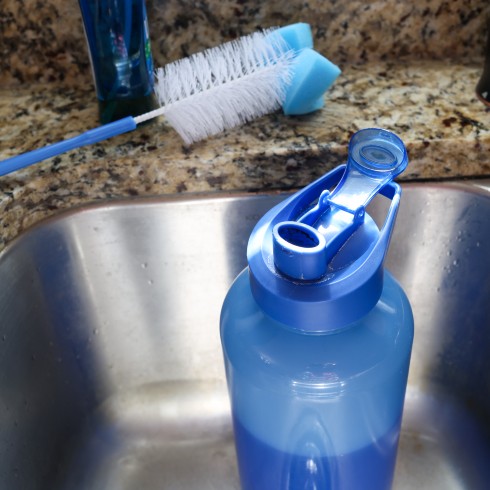
Reusable Water Bottle
To prevent the buildup of bacteria, mould and mineral deposits that can lead to unpleasant tastes and odours, you should clean your reusable water bottle daily. Use a bottle brush and warm, soapy water. Give the interior a good wash and rinse. Air dry the bottle before refilling. If the bottle is stained or has unpleasant odours, soak it in a mixture of water and baking soda or white vinegar. Rinse. Dry. Refill.

Humidifier
Mould and bacteria can get out of control if you don’t keep your humidifier clean. Worse, a dirty humidifier can actually spread mould and germs throughout your home, with the potential of making you sick. You should disinfect and clean your humidifier weekly or as recommended by the manufacturer. It’s an easy process. Empty the water reservoir, wash it out with a mixture of water and vinegar. Let the reservoir dry and refill with clean water.
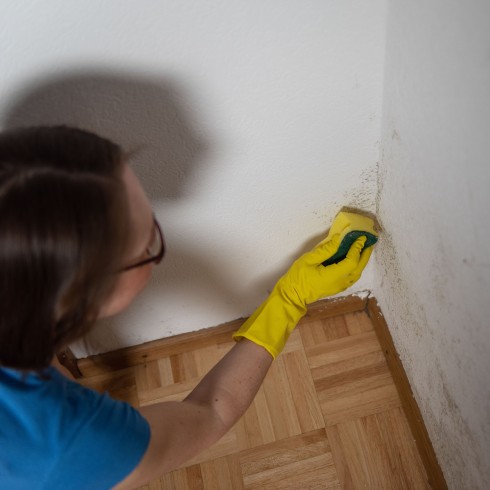
Mould on Walls
If you notice mould or mildew on your walls, it’s critical to get on top of it right away before it spreads and causes more damage. How to clean mould on walls? Treat it with a cleaning solution that will stop it in its tracks.
You can buy mould and mildew removers at your local hardware store. You can also mix equal parts bleach and water and spray on affected areas. After about 15 minutes, give the area a good scrubbing and wipe down. Wear gloves and make sure the area is well-ventilated. Keep an eye on damp areas where mould and mildew might pop up in your basement and bathrooms. If you find a significant area of mould, call in the experts.
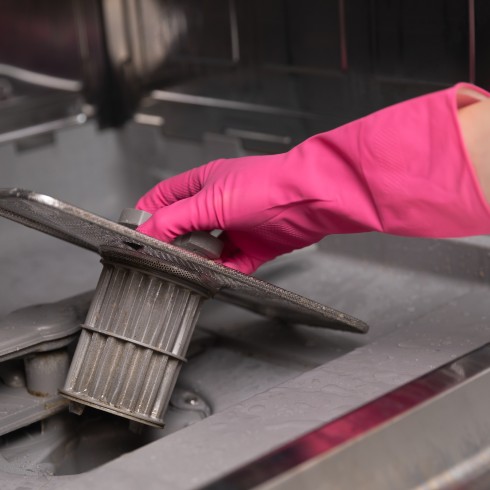
Dishwasher Filter
If you’re noticing residue on plates and cutlery fresh out of your dishwasher, it’s a sign that your dishwasher’s filter is clogged. A dirty filter reduces your dishwasher’s efficiency, and the buildup of food waste and other debris can leave you with bacteria and a foul smell.
To keep your dishwasher running smoothly, clean the filter once a month. The process differs depending on the manufacturer and model. In most cases, it’s simply a matter of removing the filter, cleaning off any gunk and giving it a good rinse under hot water before replacing it.
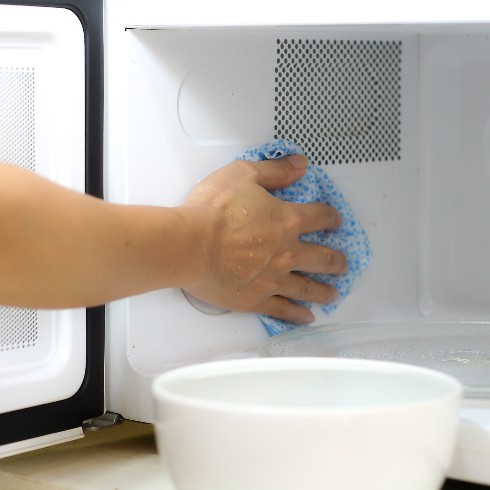
Microwave Oven
It doesn’t take very long for a microwave oven to become greasy and grimy. You probably won’t even notice the buildup until one day you pop open the door to find dried gunk splattered all over the insides, especially the top of the oven cavity.
There are many ways to clean a microwave, but at the very minimum you should always put a cover over food and wipe down the inside with a paper towel after each use. If you notice a buildup of splatters, mix equal parts of water and white vinegar in a microwave safe bowl. Heat on high for a couple of minutes and wipe out the interior with a damp cloth or sponge.
Don’t forget to clean behind and under your microwave on a regular basis otherwise crumbs and dust can build up. Use a vacuum to remove any built up debris and dust from exterior vents.
Related: 10 Ways to Clean a Microwave Oven
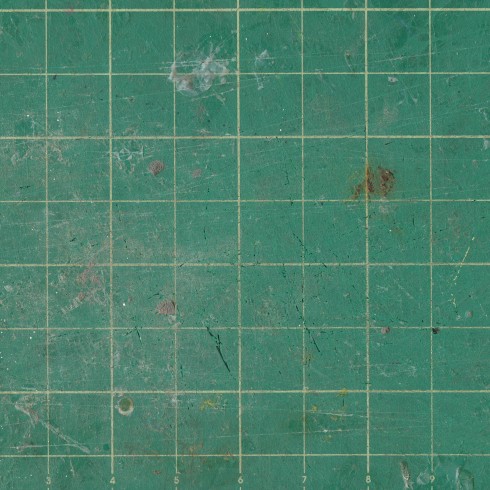
Cricut Mat
You probably don’t think much about cleaning your Cricut mat, but you should, especially if you’re a heavy user. Cleaning your mat once a week will keep it grippy, and you won’t have to deal with a buildup of dust, fibres and other debris that can get in the way of your projects. To remove loose fibres and other remnants, simply blot the mat with sticky tape. A lint roller works quite well for this, too. Once all the debris is gone, wipe down the mat using dish soap and a damp cloth to get rid of any remaining dirt and residue.
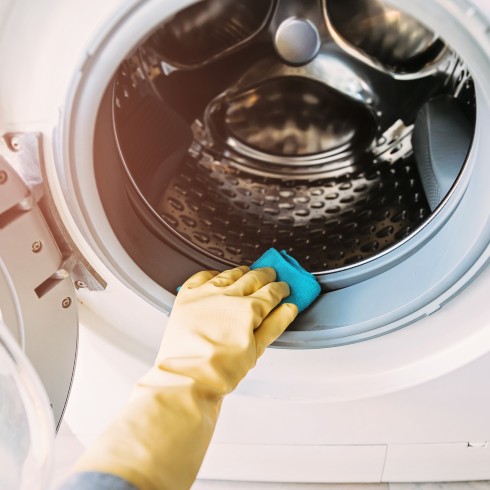
Washing Machine
If you detect a faint odour in your freshly washed clothes and towels, it’s time to clean your washing machine thoroughly. A combination of moisture and heat can make washing machines breeding grounds for harmful bacteria like salmonella. To combat this, simply run an empty wash cycle monthly using hot water and a cup of white vinegar. The vinegar will help sanitize the wash basin and eliminate any lingering germs.
If you have a front-loading machine, always leave the door open between washes to allow the interior to dry out fully. This helps prevent a buildup of mould and mildew. You can also find special deep-cleaning tablets for washing machines online and at retailers like Canadian Tire.

Oven Glass
Cleaning oven glass is one of those chores that most people avoid because they’ve waited too long. But if you remember to clean your oven glass after each use, you’ll find it easy to stop grease and splatters from turning into a baked-on mess. You can spray the glass with oven cleaner and wipe it clean. Or, if you’d prefer something more eco-friendly, mix baking soda and water and give the glass a good scrub. Wipe clean with a damp cloth, and you’re good to go.

Ceiling Fans
You should dust your ceiling fans monthly. Regular cleaning will prevent the buildup of dust and allergens so they don’t spread throughout your home. If there’s a lot of buildup, use a vacuum to remove the bulk of it. Then, wipe the blades and motor clean with a damp cloth or duster. Regular cleaning will ensure your ceiling fans not only look good, but operate efficiently.
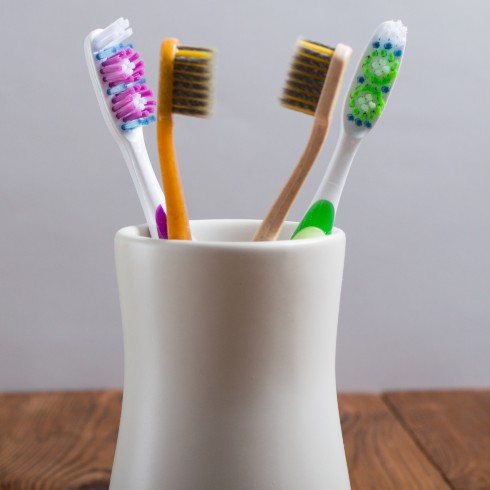
Toothbrush Holder
When did you last take a peek at the bottom of your toothbrush holder? You might be surprised at just how much gunk has built up. It’s not only gross but also a great breeding ground for germs and mould. You should clean your toothbrush holder weekly. First, wash normally with soapy water. Then, soak the holder in a bleach and water mix for about 15 minutes. This will kill any lingering germs. Rinse and air dry. If your toothbrushes look a little worn, this would be a good time to replace them.
HGTV your inbox.
By clicking "SIGN UP” you agree to receive emails from HGTV and accept Corus' Terms of Use and Corus' Privacy Policy.




